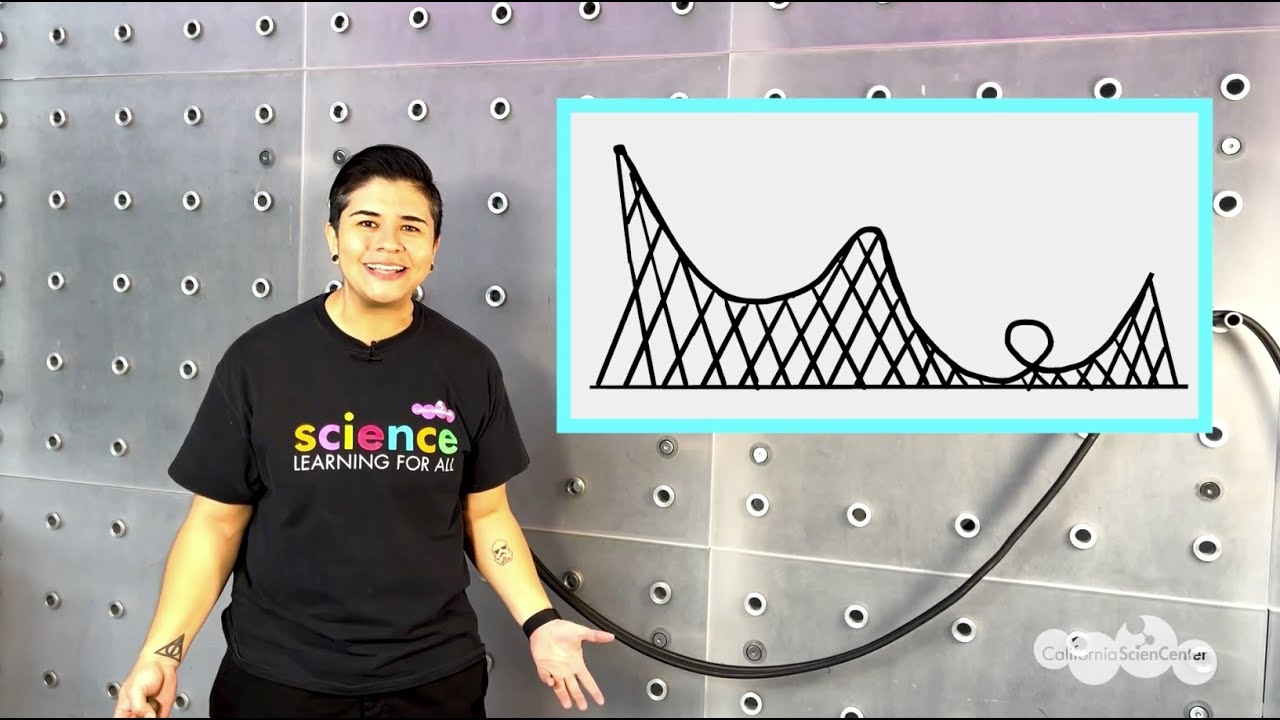- Exploration of virtual field trips as a tool in elementary education.
- Detailed insights into 4th-grade physical science concepts covered in the California Science Center’s program.
- Integration of zoology, zoo management, and wildlife conservation in the curriculum.
- The role technology plays in enhancing learning experiences for young students.
- Importance of wildlife conservation awareness in early education.
Virtual field trips have revolutionized educational methods, especially for young students. They offer an immersive experience without the logistical challenges of traditional trips. One such promising initiative is the 4th Grade Physical Science Virtual Field Trip at the California Science Center. Designed to engage students, this program significantly impacts their understanding of the physical sciences by leveraging technology and integrating subjects like zoology and wildlife conservation.
At the core of this program is the exploration of physical science concepts. Fourth graders engage in a curriculum that translates abstract principles into tangible experiences. Modules include fundamental topics such as matter, energy, force, and motion. Students are encouraged to observe how these principles manifest in the natural world.
For instance, understanding how energy flows through an ecosystem provides real-world context to abstract scientific theories. Students witness the transfer of energy from sunlight to plants and then to herbivores and carnivores. This seamless integration of zoology aids in appreciating the intricate interdependencies within the living world. Such knowledge is foundational, laying the groundwork for future scientific learning.
The field trip also delves into zoo management and wildlife conservation. Students learn how zoos operate as centers for education and conservation, managing diverse habitats to reflect the natural environments of various species. Students glimpse into the management strategies employed to offer animals a habitat that promotes their well-being. This understanding helps dispel misconceptions about zoos merely being places for entertainment.
A pivotal component of the program is fostering awareness about wildlife conservation. Children learn about endangered species and the importance of protecting biodiversity. Through virtual interactions, students follow conservation stories and meet professionals dedicated to preserving wildlife. Such lessons emphasize the role humans play in both endangering and conserving species. This early introduction to conservation issues is crucial. It instills a sense of responsibility and urges students to consider environmental stewardship as a lifelong commitment.
The integration of technology into educational programs ensures these complex topics are accessible and engaging. Virtual reality and interactive modules make abstract scientific concepts more concrete. Technology allows students to explore different biomes and ecosystems, providing a richer understanding than traditional textbooks could offer. By simulating real-world experiences, these programs foster active learning, enabling students to connect theoretical principles with practical applications.
Incorporating zoology and wildlife conservation into education enriches the curriculum, offering students a comprehensive understanding of the natural world. The inclusion of zoos as educational platforms highlights their importance in conservation efforts, while also sparking students’ interest in animal science. This experience is invaluable in molding the next generation of scientists, conservationists, and informed citizens.
Such initiatives as the 4th Grade Physical Science Virtual Field Trip increase the relevance of education. Students move beyond rote memorization to engage with content meaningfully. They develop critical thinking skills, enabling them to analyze and synthesize information. The program encourages curiosity and nurtures a passion for science, ensuring students view the world with a questioning mind.
Further, these programs highlight the importance of environmental education in elementary schools. As students encounter real-world problems, they’re prompted to seek solutions. This early exposure encourages a proactive attitude towards global issues like climate change and habitat destruction. Children learn that their actions, no matter how small, contribute to larger conservation efforts.
Engagement in such programs offers immense benefits to students, educators, and the conservation community. The ability to teach sustainability and conservation at a young age creates a culture of awareness and responsibility. Students begin to see themselves not only as learners but as stewards of the Earth, tasked with preserving its wonders for future generations.
In conclusion, the 4th Grade Physical Science Virtual Field Trip at the California Science Center is an exemplary model of modern education. It combines the excitement of exploration with the depth of scientific understanding, integrating key principles of zoology, zoo management, and wildlife conservation. Through these immersive experiences, students gain a comprehensive education that equips them to face future challenges with confidence and curiosity.
*****
Source Description
Join our educators as they guide you in finding the cause and effect relationship between the speed of a moving object and energy.
0:00 Introduction
00:49 Question of the Day
1:20 Buzzword
2:04 Let’s Explore Speed & Energy
8:02 Science in Action
10:15 Let’s Play!
16:03 Summary
Funding provided by the special interest license plate featuring the image of Snoopy, with permission and support from Peanuts Worldwide (Section 5169 of the Vehicle Code) for the Museum Grant Program under the California Cultural and Historical Endowment.


